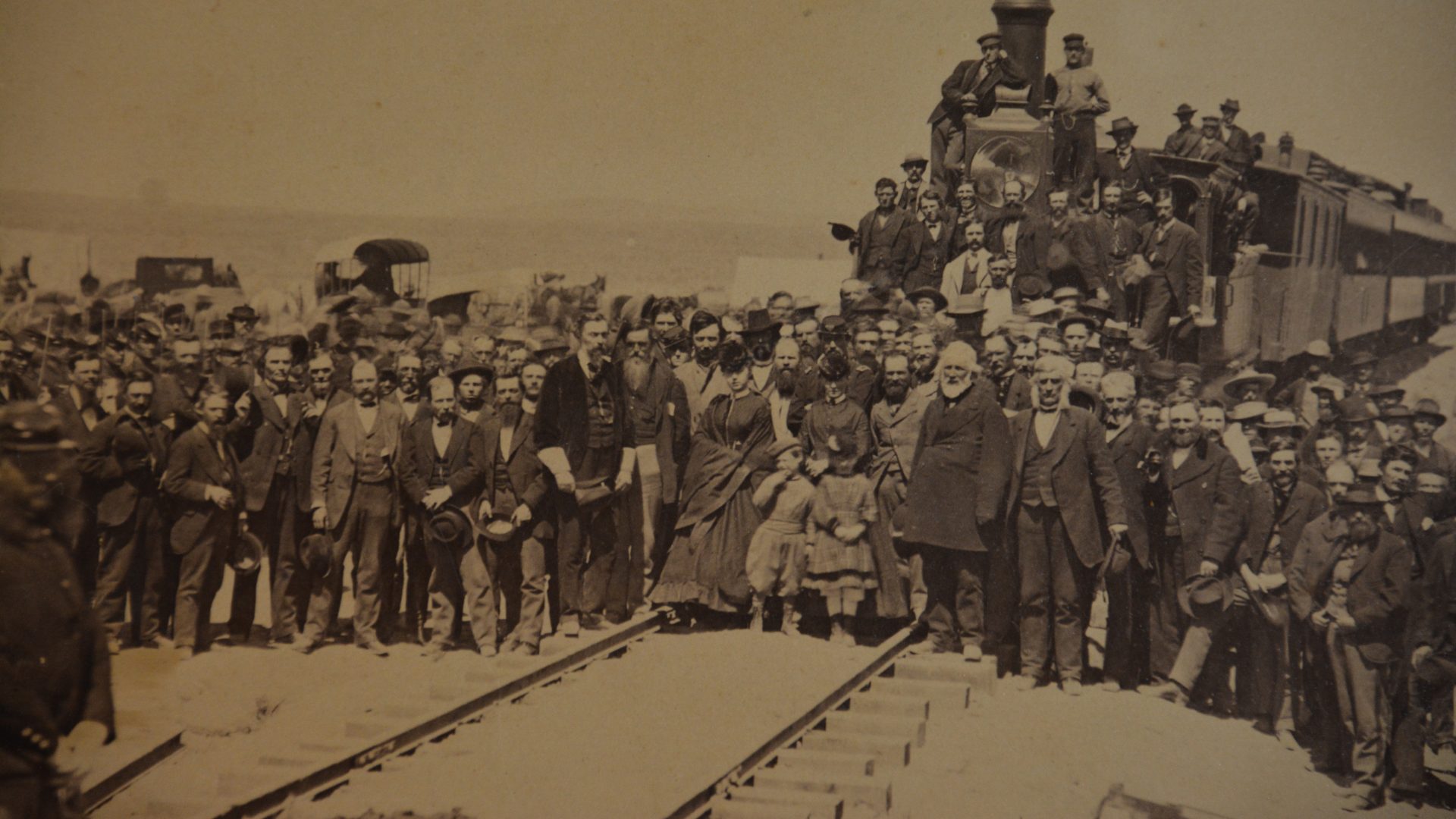
Timothy O’Sullivan was the main photographer on the Wheeler Expedition, which was sent to map the four corners region of the United States. The purpose of this expedition was to study and record, in detail, everything about the West. This included its inhabitants, which were mostly Native Americans. In 1873, approximately half of the stereographs O’Sullivan took were of Native Americans. The expedition’s purpose was scientific in nature and therefore the Native Americans were treated as scientific specimens. Wheeler writes in his 1874 report that “important specimens in the collection were a number of Indian crania, obtained at considerable risk from the Ute burial places.” Not only were these Native American skulls treated as science, much like their living counterparts, they were also taken from a sacred burial ground and sent to the Army Medical Museum. O’Sullivan’s photographs are further examples of expedition members treating Native Americans as creatures of scientific study. Expedition members were studying Native American culture in order to gain “a knowledge of the character and habits of the several Indian tribes, and their disposition toward each other and toward settlers.”
Expedition members were also making sure Native Americans would not pose a problem for future settlement. Since this was a military expedition, it was important to show the government and the American people that Native Americans were still present in the West, therefore, a military presence in the area was necessary to protect settlers. When the expedition ended, these photographs were published in albums, giving viewers back home an idea of what a Native American from the West looked like. They provided an image of a past that was soon to be long gone, overtaken by the progress of Western civilization and expansion.
